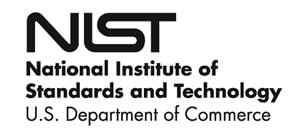RSS feed source: US Computer Emergency Readiness Team
Summary
Note: This joint Cybersecurity Advisory is part of an ongoing #StopRansomware effort to publish advisories for network defenders that detail various ransomware variants and ransomware threat actors. These #StopRansomware advisories include recently and historically observed tactics, techniques, and procedures (TTPs) and indicators of compromise (IOCs) to help organizations protect against ransomware. Visit stopransomware.gov to see all #StopRansomware advisories and to learn more about other ransomware threats and no-cost resources.
The Federal Bureau of Investigation (FBI), Cybersecurity and Infrastructure Security Agency (CISA), and the Multi-State Information Sharing and Analysis Center (MS-ISAC) are releasing this joint advisory to disseminate known Ghost (Cring)—(“Ghost”)—ransomware IOCs and TTPs identified through FBI investigation as recently as January 2025.
Beginning early 2021, Ghost actors began attacking victims whose internet facing services ran outdated versions of software and firmware. This indiscriminate targeting of networks containing vulnerabilities has led to the compromise of organizations across more than 70 countries, including organizations in China. Ghost actors, located in China, conduct these widespread attacks for financial gain. Affected victims include critical infrastructure, schools and universities, healthcare, government networks, religious institutions, technology and manufacturing companies, and numerous small- and medium-sized businesses.
Ghost actors rotate their ransomware executable payloads, switch file extensions for encrypted files, modify ransom note text, and use numerous ransom email addresses, which has led to variable attribution of this group over
Click this link to continue reading the article on the source website.


